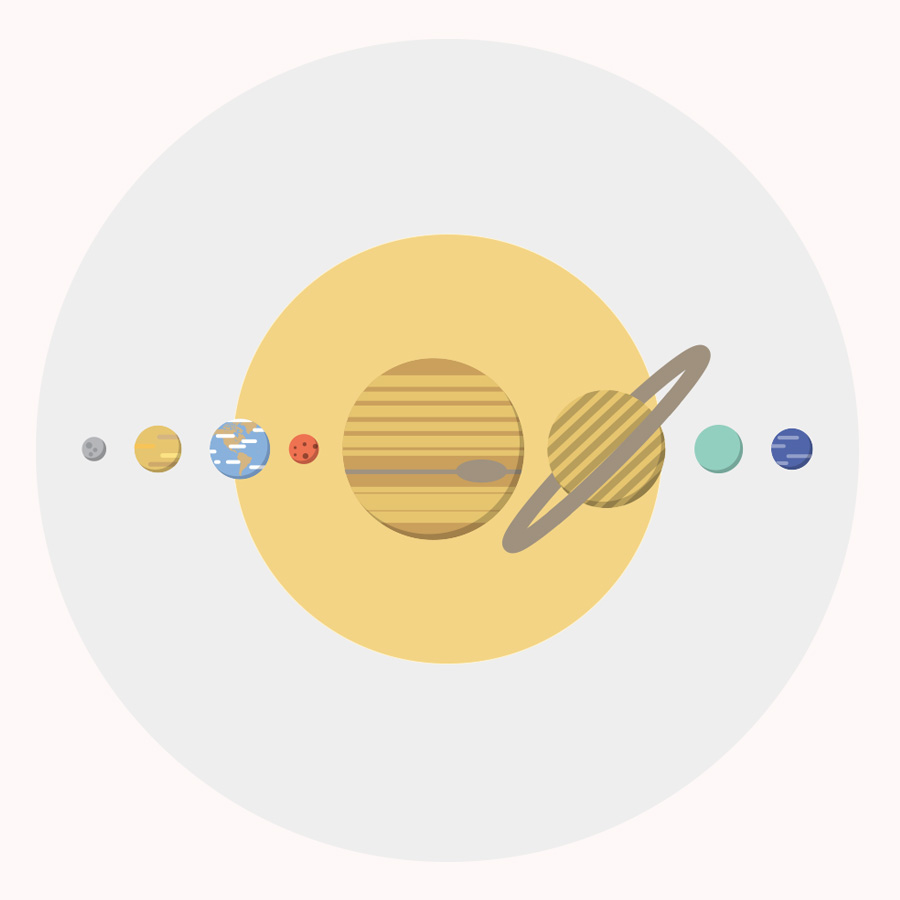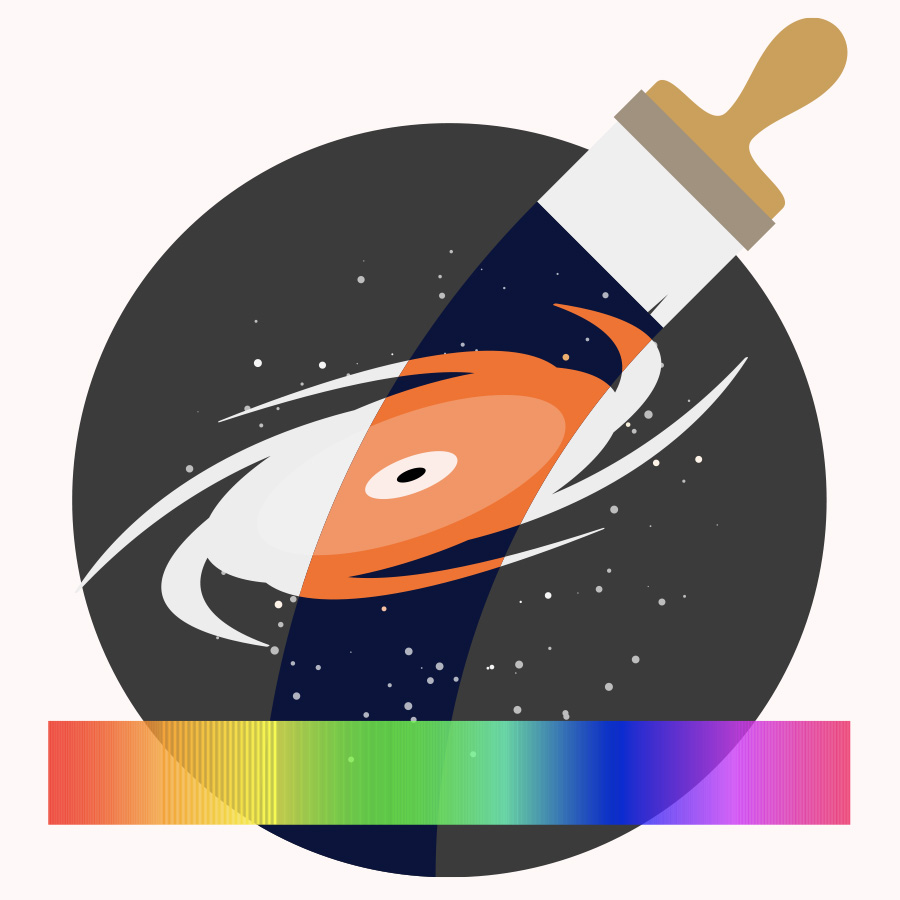In many realms of science, public education and outreach come as an afterthought, especially for large-scale projects.
That’s not the case for Vera C. Rubin Observatory; the National Science Foundation funded the observatory’s education and outreach element in parallel with the observatory’s initiation and construction. Over the course of about six years, a team of educators and science communicators has taken a research-based approach to developing the observatory’s Education and Public Outreach program. The studies evaluated not only the usefulness of the lessons but also the accessibility of the website for people of all abilities.
“It’s really remarkable how successful we’ve been because of the support and funding we received, and we’re all very proud of what we’ve created,” says Kristen Metzger, the observatory’s EPO communications manager. “It’s been such a positive experience.”
While the observatory’s physical construction and development ran into pandemic-related delays, the educational component, which is exclusively online, kept chugging along and is now deep in development with many tools already complete and available for use. In June, the EPO team put much of their material live on the observatory’s website—a full year before the Rubin Observatory itself is due to start taking data.
The public-facing outreach programs are designed for a wide range of users, while the formal classroom education tools are most appropriate for advanced middle schoolers through entry-level college students.
Making Rubin accessible
“One of our biggest goals with our education and public outreach program is to lower the barriers to participation in science, no matter what we create,” says Metzger. “We want people who come to the website to feel like this content is for them, that it’s comfortable and not intimidating.”
The Rubin EPO team performed several studies on their website, for example, to ensure that it would be accessible to people with visual disabilities.
Visitors to the observatory’s public outreach website are greeted with a wealth of information presented in a variety of formats, from traditional articles and profiles to interactive web games.
“We have a series of articles called Rubin Voices, where we profile specific scientists and talk about their science and who they are, as people, with the goal of showing that science is just people doing science. We also have a series of animated videos and are working on more that should be available within a couple months,” Metzger says.
She says the EPO team is focused on helping people understand what is unique and important about Rubin Observatory, and—whenever possible—creating interactive experiences to do that. Recently they released “Space Surveyors,” a timed game that requires the player to “capture” images of objects in space.
“We already had a few brainstorming sessions about the game and our tech team was hard at work developing it, and then all of a sudden, the Roman Space Telescope came out with a very similar game,” Metzger says. “We thought, oh no, they beat us to it.”
But after a quick reassessment, the Rubin team concluded that their game offers a new perspective, showing how a survey telescope works, Metzger says. “It's nice that we can always kind of put that unique spin on a product, even if we're tapping into some of the same trends as other programs.”
Bringing Rubin to the classroom
Another arm to the Rubin EPO is the formal education program, consisting of six interactive online investigations based on Rubin’s scientific goals. “We wanted to design an accessible tool for typical students and teachers who have to deal with the realities of technology challenges and time limitations,” says Ardis Herrold, a Rubin EPO education specialist who helped develop the investigations.
The classroom activities, which are designed to take two hours each, use authentic telescope data from various sky surveys, such as the International Astronomical Union’s Minor Planet Center and the Zwicky Transient Facility.
Traditionally, one of the biggest challenges for incorporating real data into classroom curriculums is that it requires teachers to do the preliminary work of either learning how to understand it, installing a program to analyze it, or figuring out a way to simplify it for students. The Rubin EPO team sought to eliminate those prerequisites.
Herrold and her colleagues created the lessons based on their own extensive backgrounds in teaching, then performed a few rounds of pilot testing to fine-tune the topics and useability. “We tested the lessons with almost 5,000 teachers and students from all around the world,” she says.
Feedback from teachers included tips for improving the narratives and shortening the assessment portion, especially for college level instructors who may have over 100 students in their classes to grade.
All the lessons, plus teacher training, are available for free. “This is something that did not occur to us to say at the beginning,” Herrold says, “but a lot of times teachers assume they're going to have to pay something to use these kinds of tools.”
Diane Ripollone, an 11th and 12th grade astronomy and earth sciences teacher at Cardinal Gibbons High School in Raleigh, North Carolina, says she enjoyed incorporating the Rubin investigations into her curriculum. Despite a few technological hiccups (“It was testing software, after all”), she says she looks forward to using them again.
Ripollone appreciates that the investigations incorporate benchmarks for comprehension. “At first, the students thought this was going to be really difficult and they didn't know if they were going to be able to meet the challenge of the lesson,” she says. “But they did, and they said that was because of the check points. They really enjoyed stopping and discussing the things they had learned.”
For the Rubin EPO team, that kind of feedback is the ultimate compliment. “It has really inspired us to work hard,” Metzger says. “Our goal is to demystify the whole field and get everybody excited about it.”









